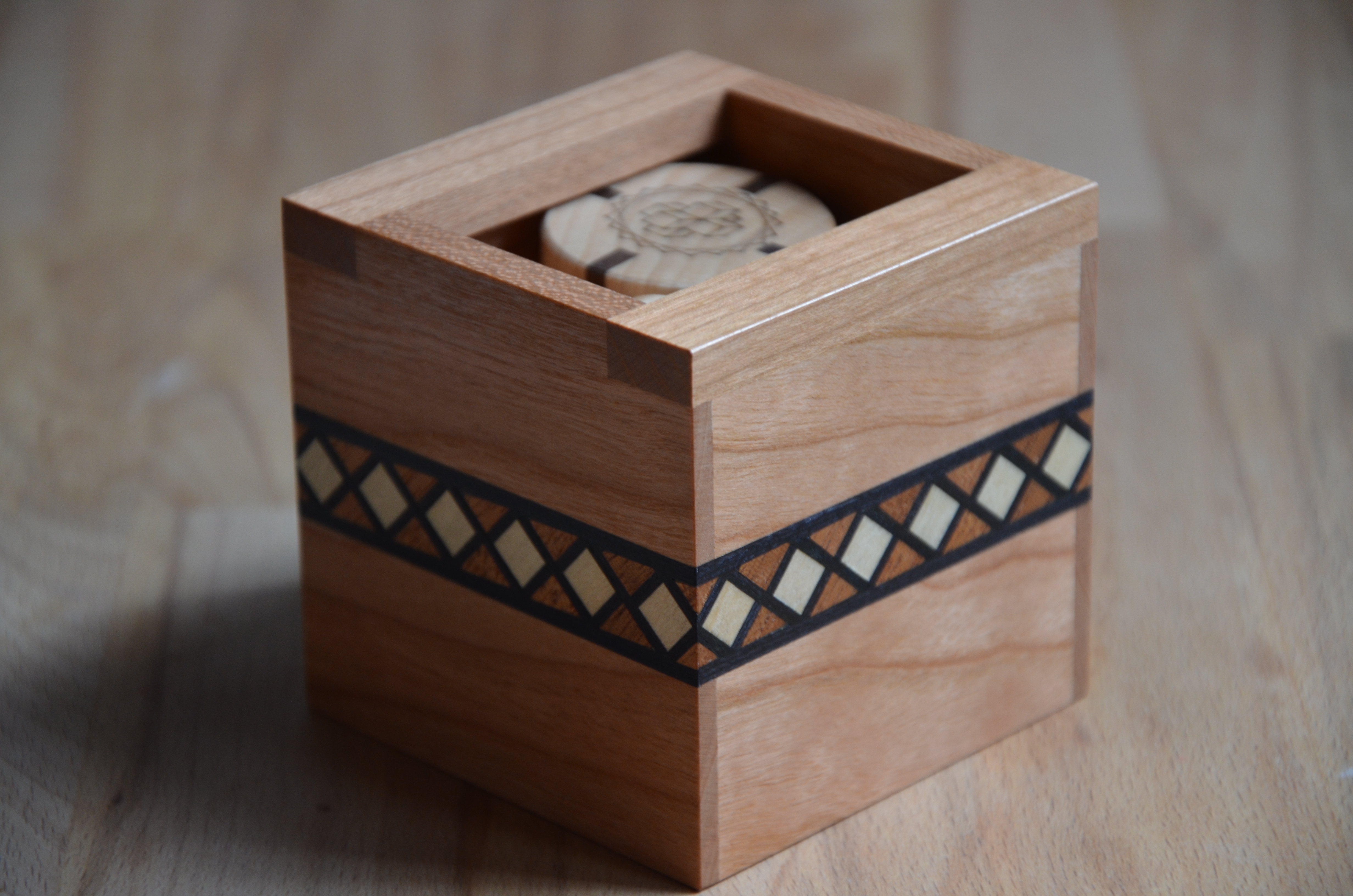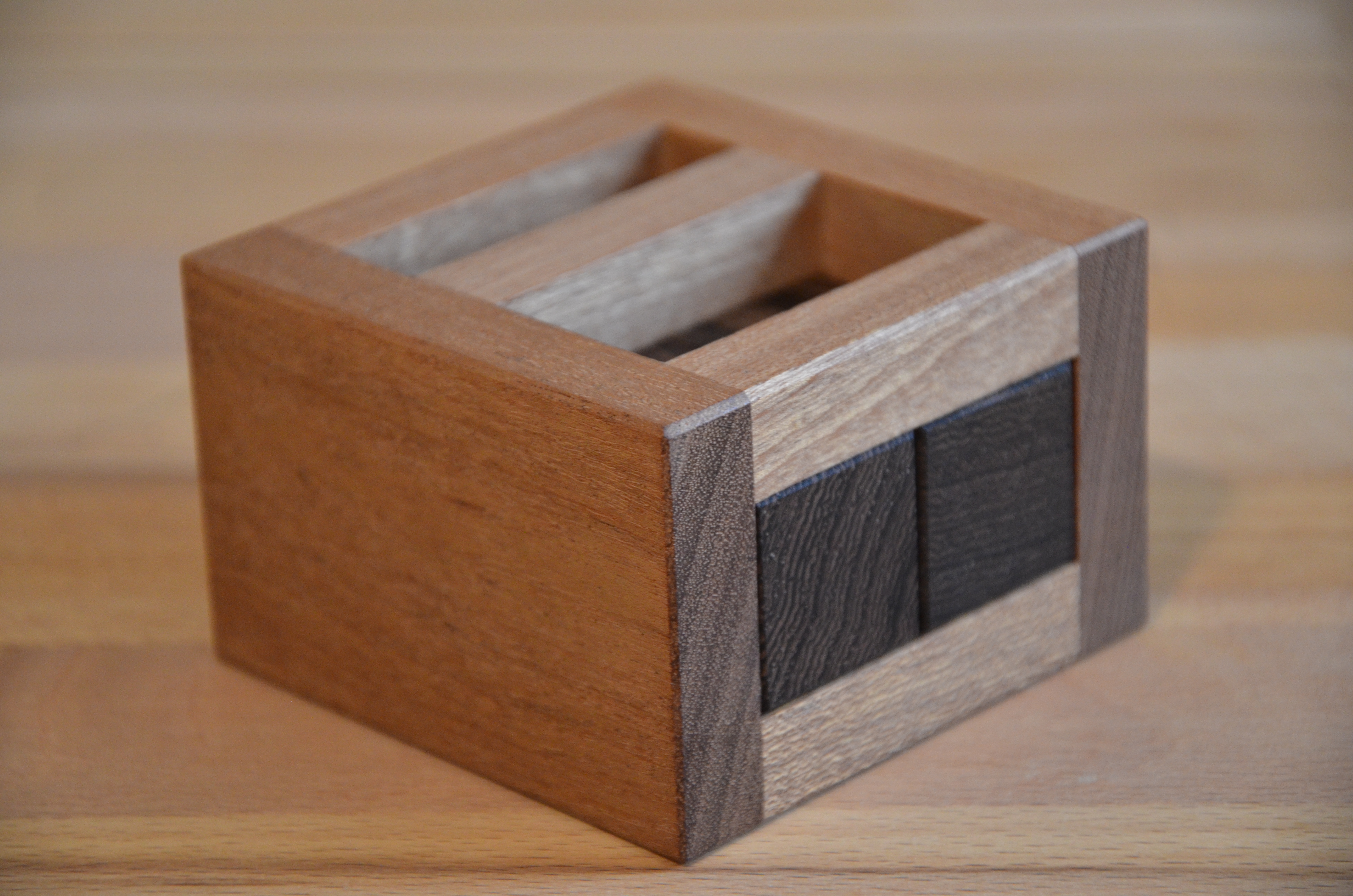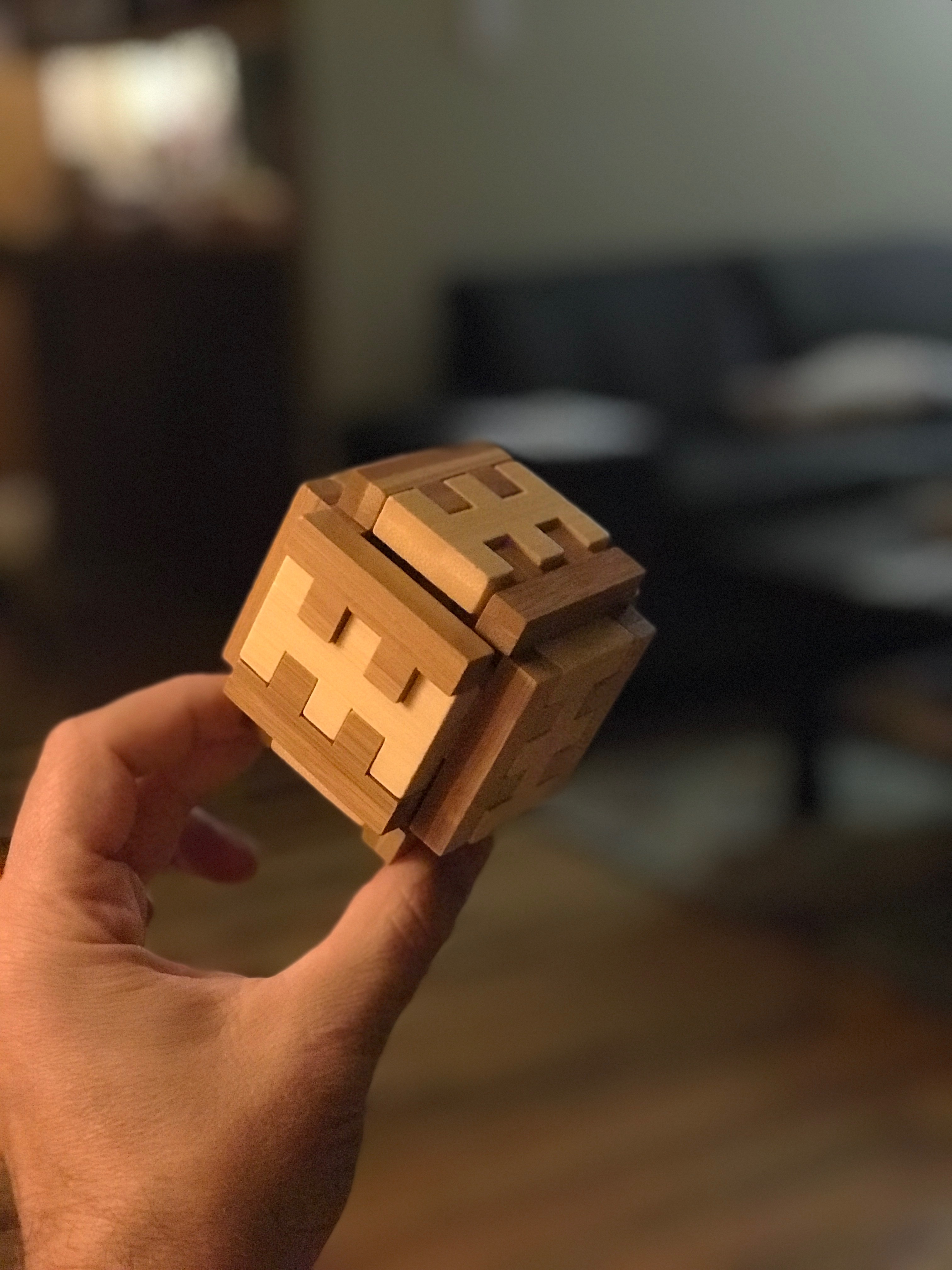Wood
-
Read More: Small Box #4 – “Paradox Box” – Eric FullerWell, it’s been a while since I wrote one of these blog posts. Life has…
-
Read More: Harun Packing Puzzle – Dr. Volker LatussekI try to be inspired before writing a blog post. I find that I write…
-
Read More: Casino – Dr. Volker LatussekLast Friday, I received a shipment from Cubicdissection.com with 6 different puzzles including Casino, Split…
-
Read More: Wing Hangar – Osanori YamamotoToday, I have the fabulous “Wing Hangar” from Osanori Yamamoto. This is another piece produced…
-
Read More: Two Face 3 – Alfons EyckmansThis week, I have another fantastic burr puzzle created by Eric Fuller and designed by…
-
Read More: Bramble Box – Noah PrettymanToday, I have another stunning puzzle from Cubicdissection.com. This one is called Bramble Box and…
-
Read More: Funzzle – GammaAhh, another Funzzle puzzle. This time, its the Gamma. This one looks fairly complex and…
-
Read More: Funzzle EpsilonI’ve had the Funzzle Epsilon sitting in a box for a few weeks and last…







